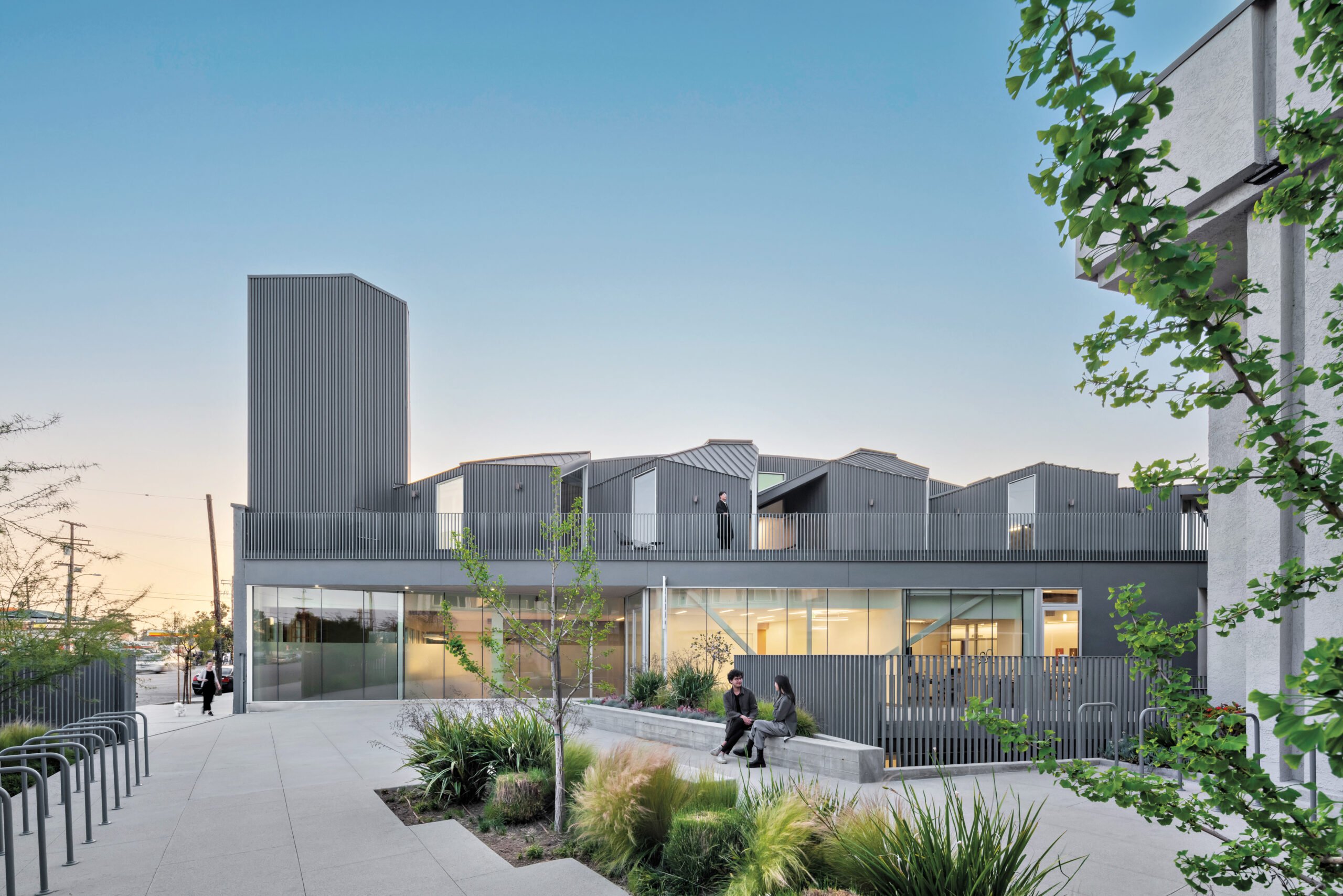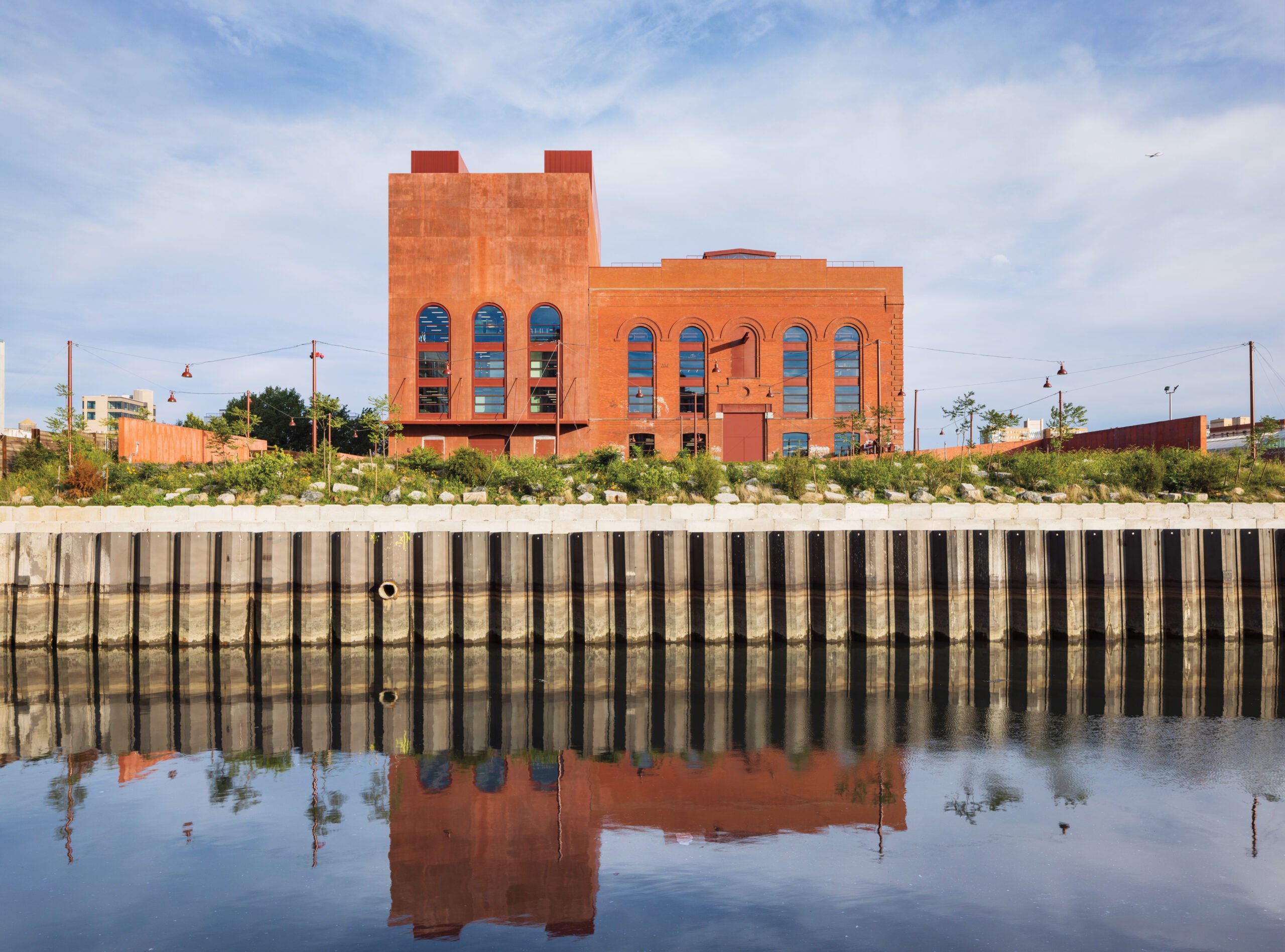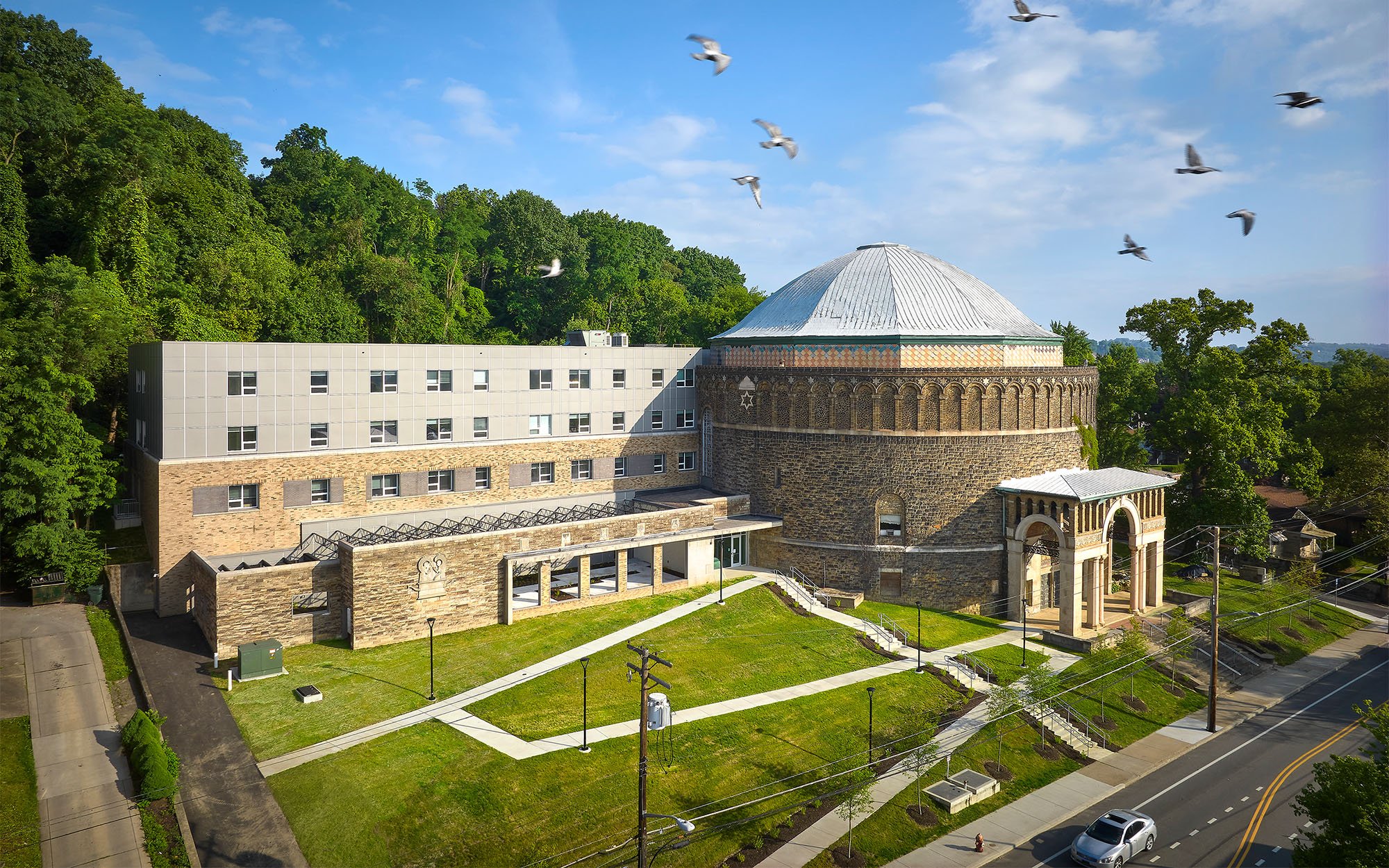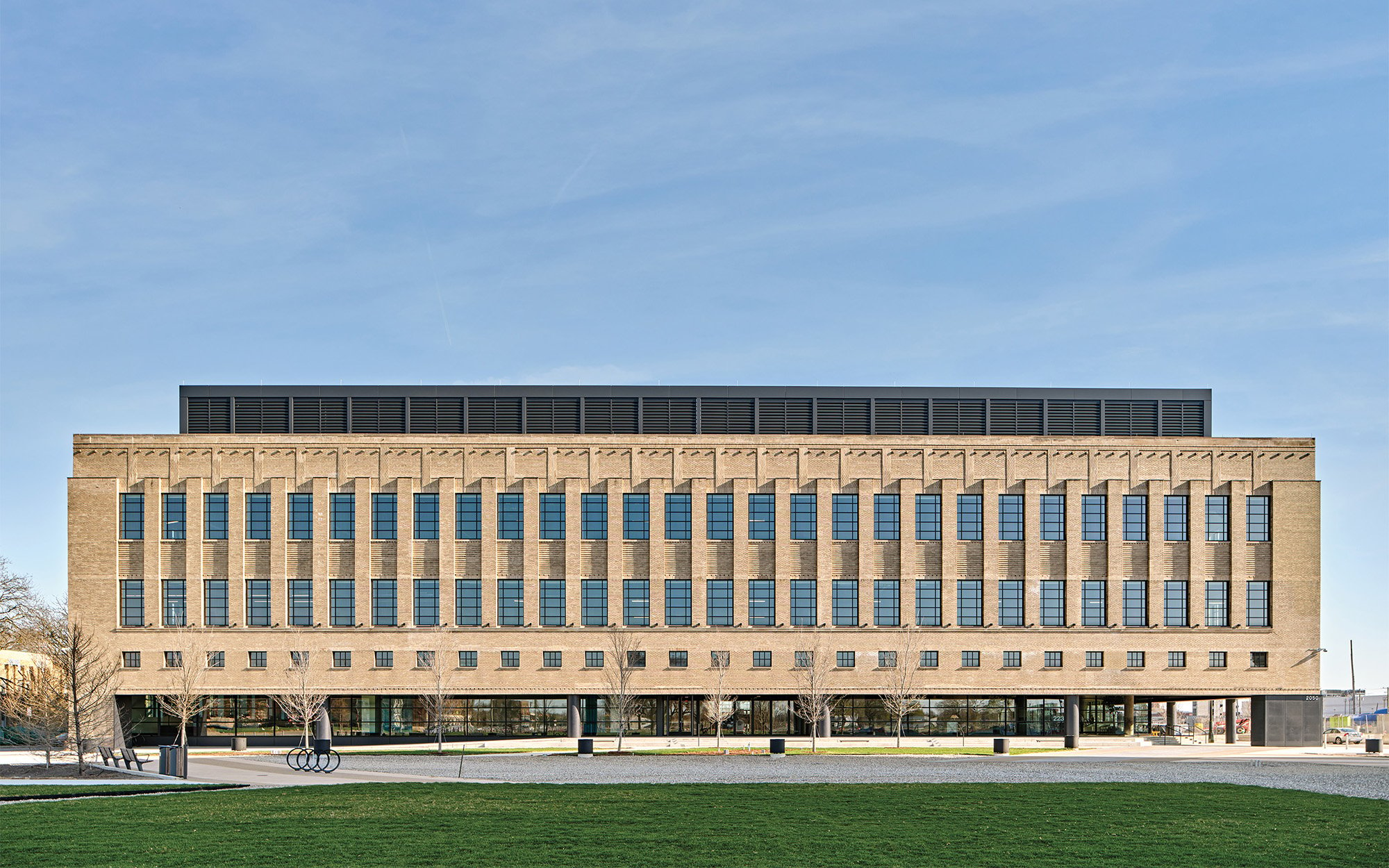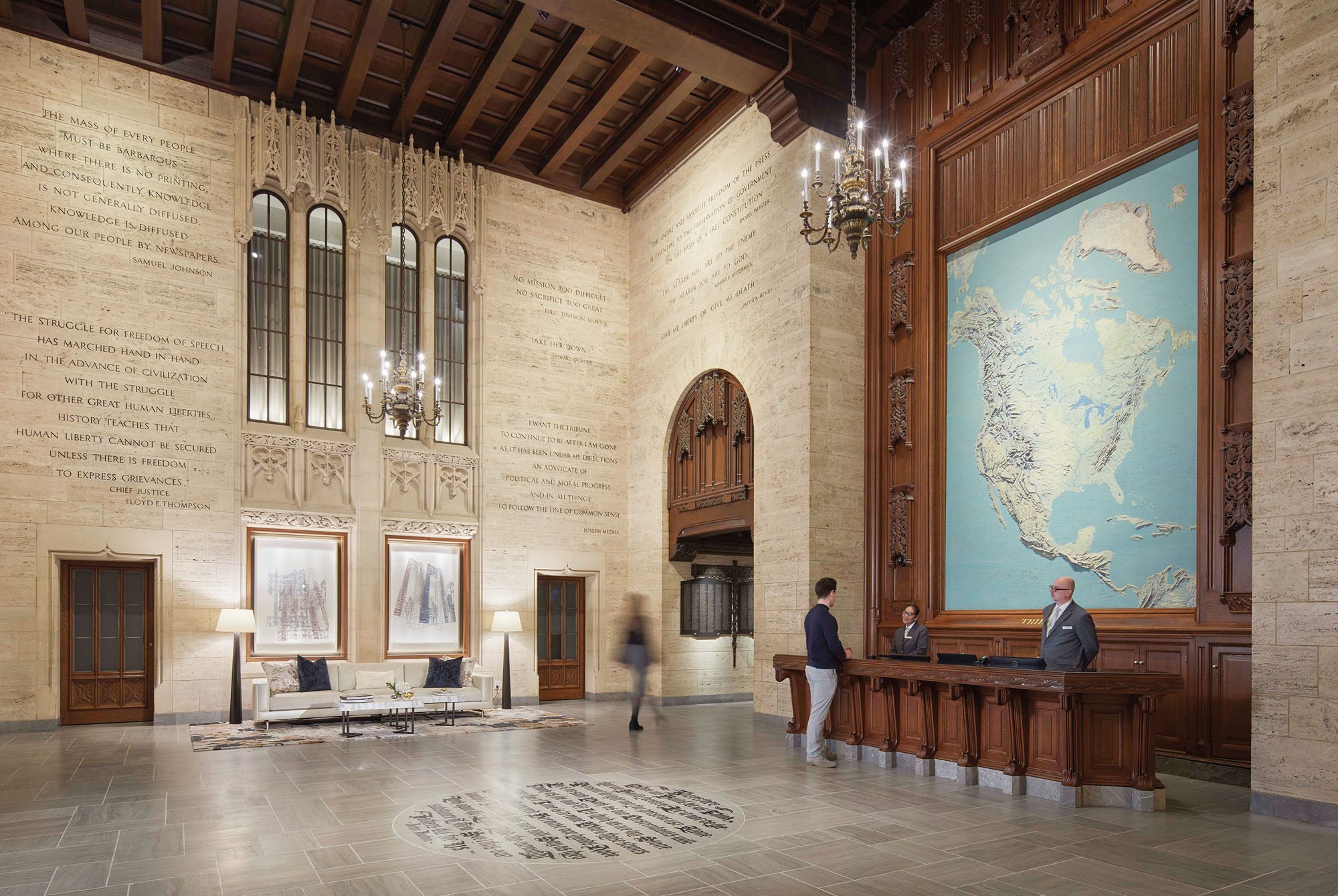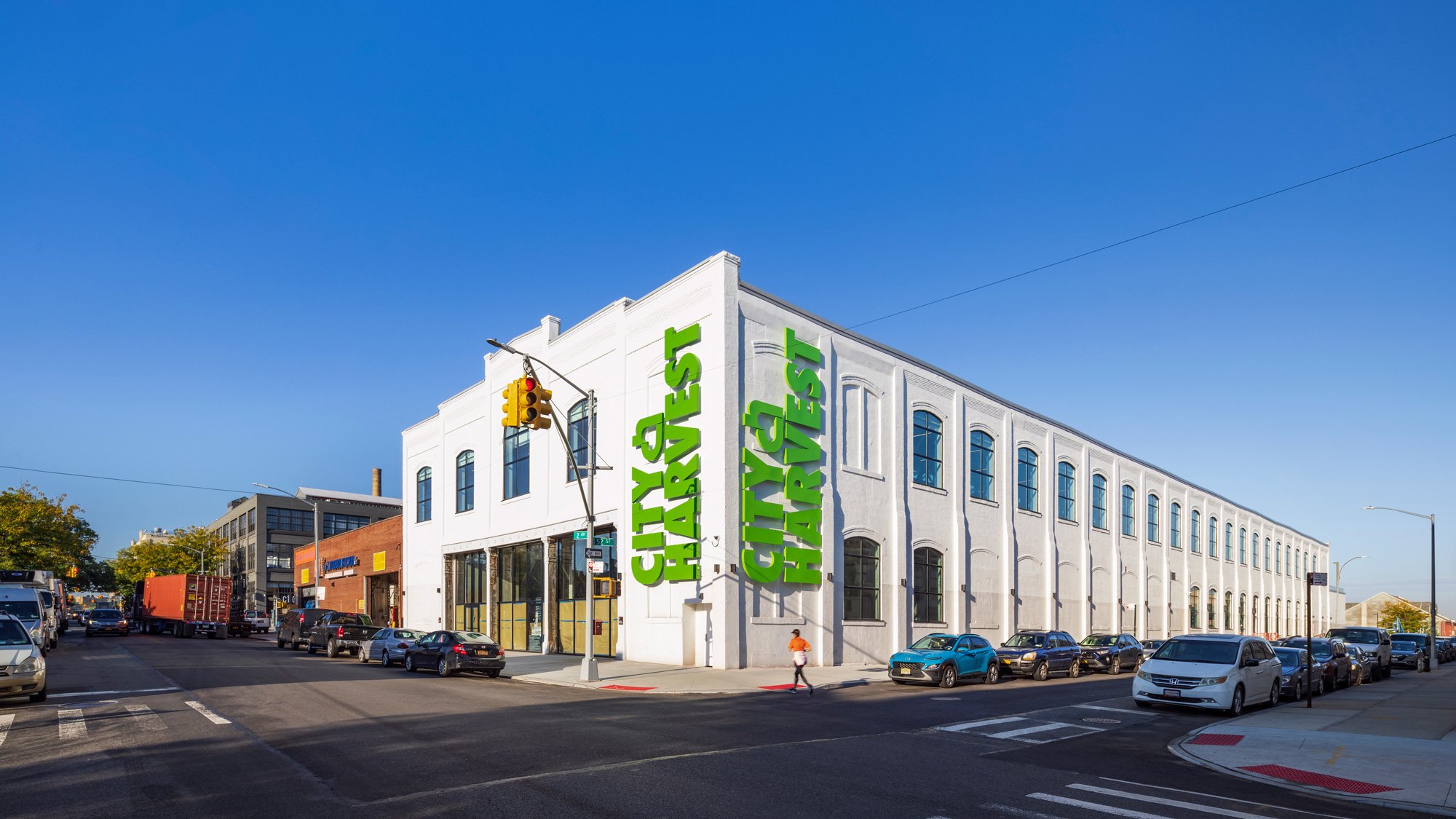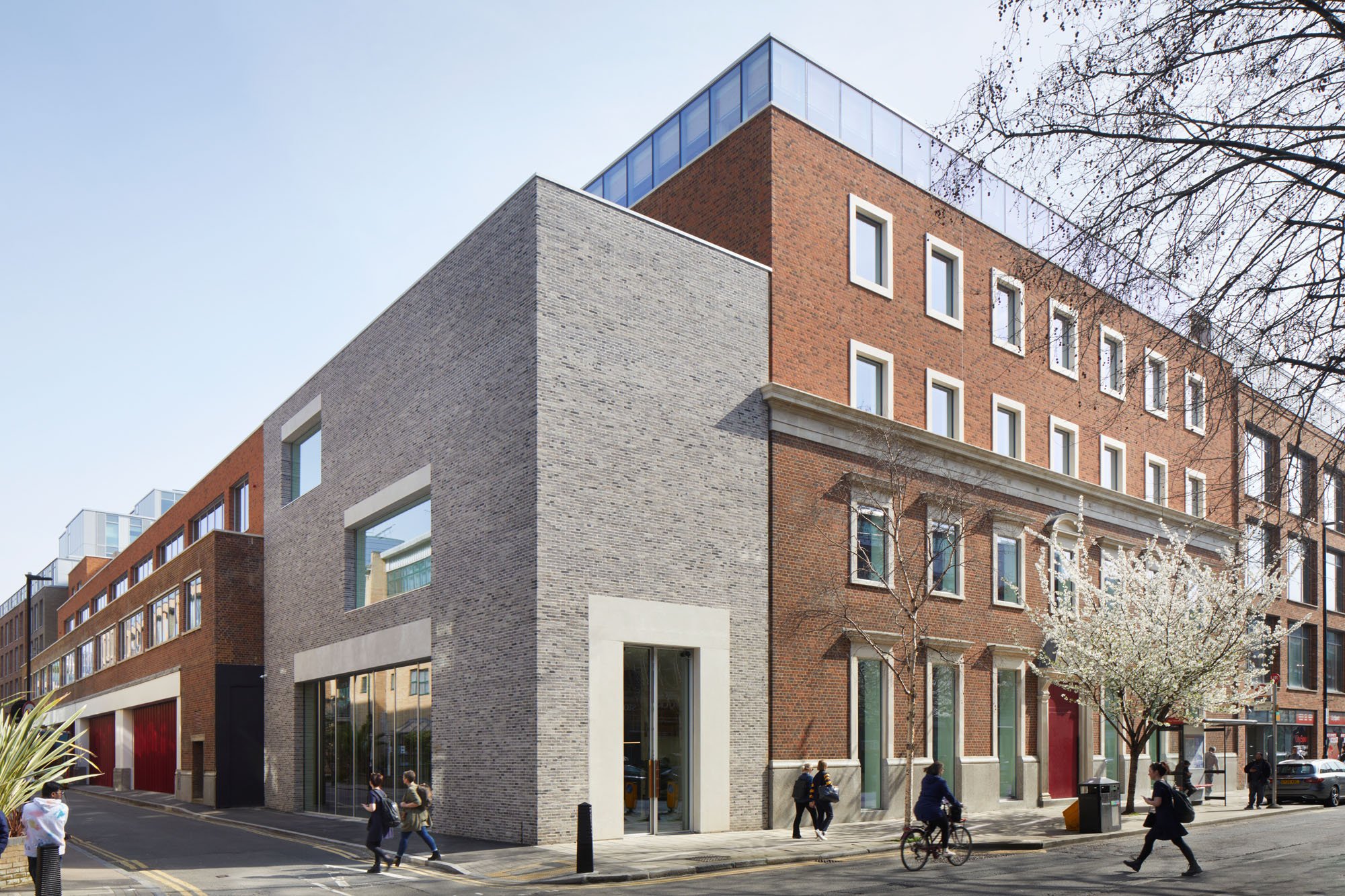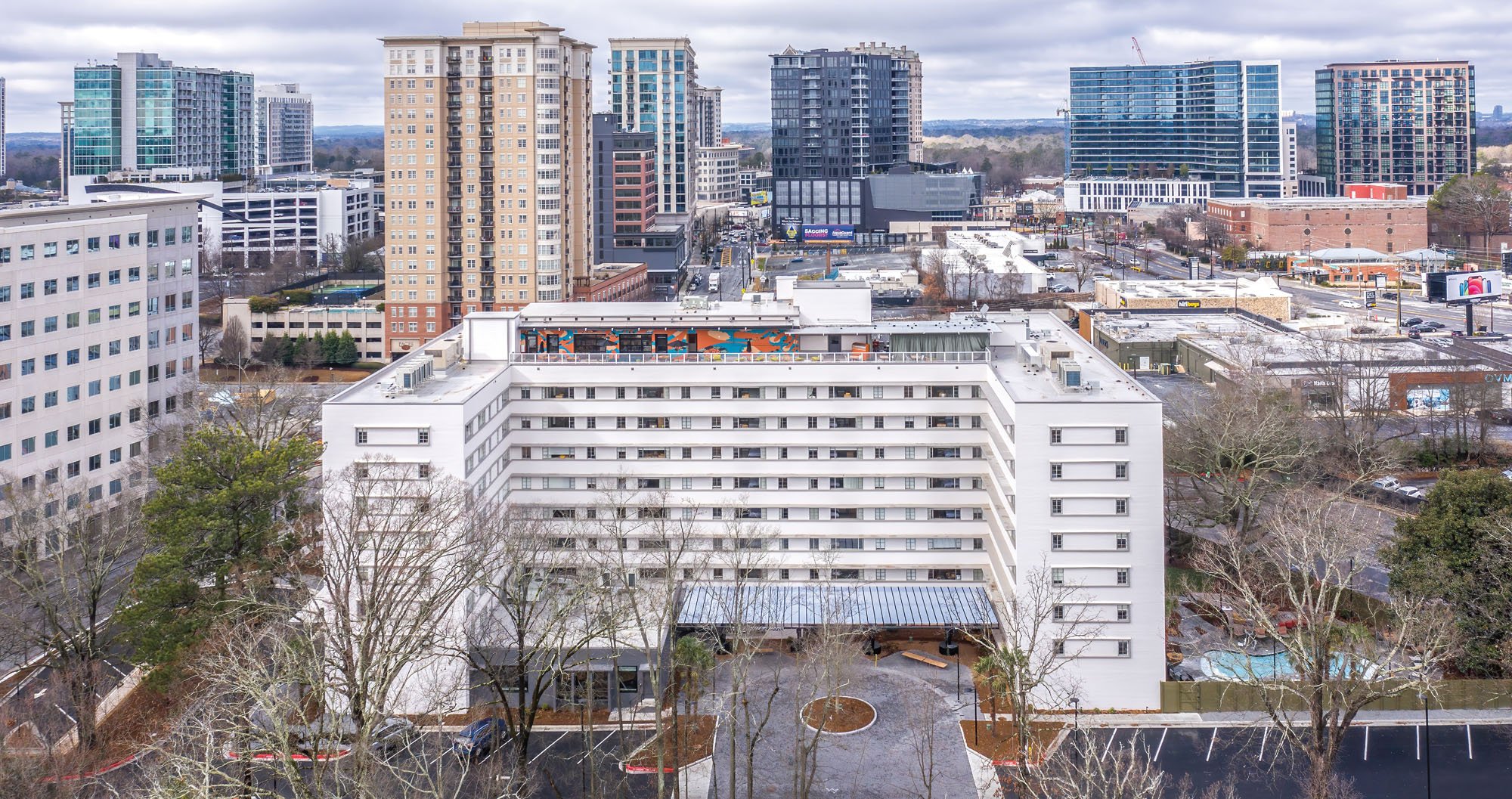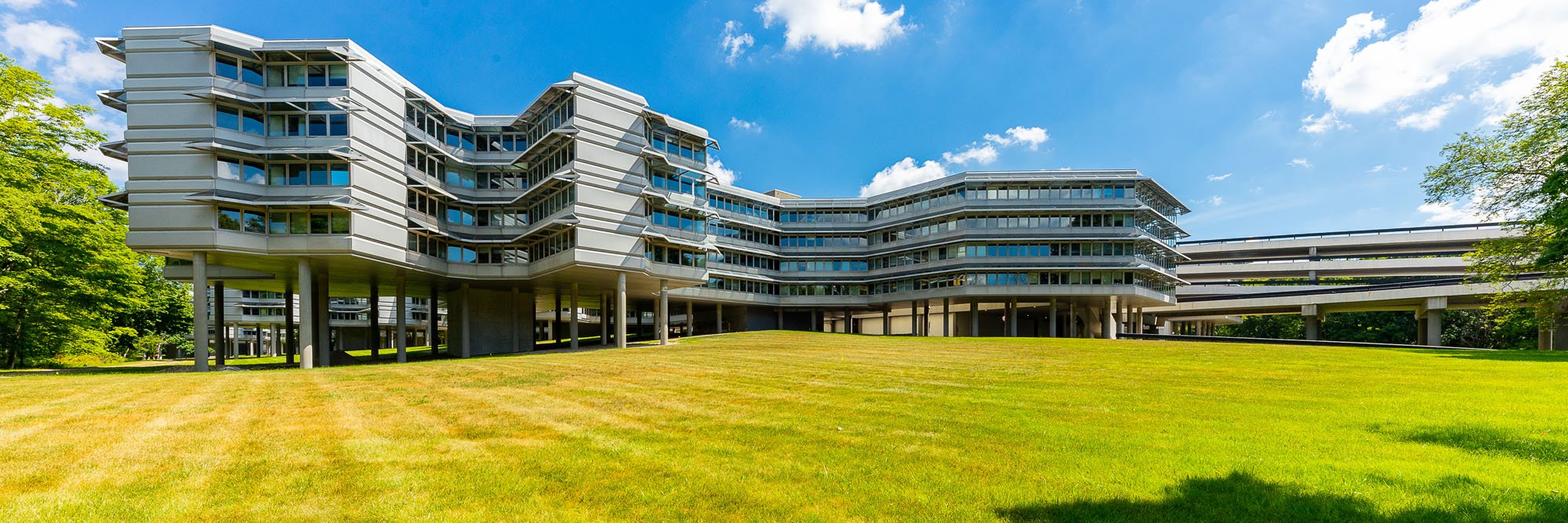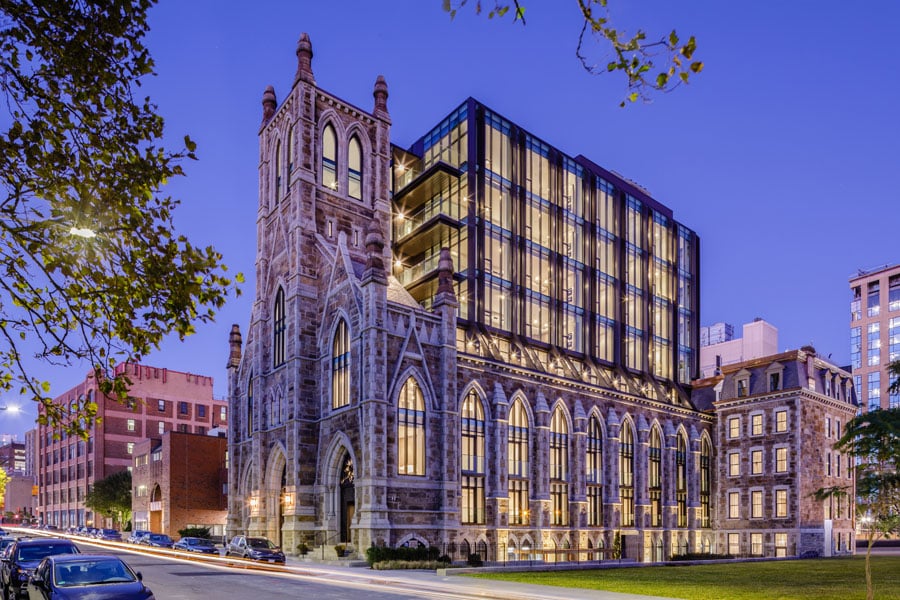- all (12)
- projects (12)
adaptive reuse
-
Projects
The Healthy Transformation of a Los Angeles Warehouse
Architecture firm Patterns turns a 1940s building into a senior care facility, resisting the car centricity of the area.
-
Projects
Two Former USPS Facilities Now Have Massive Rooftop Gardens
The adaptive reuse of Postal Service facilities in Manhattan and Chicago include rooftop gardens bigger than many of these cities’ more famous parks.
-
Projects
This 120 Year Old Brooklyn Building is now a Powerhouse for the Arts
Herzog & de Meuron and PBDW have transformed the 1904 Central Power Station into a nonprofit arts fabrication facility.
-
Projects
Historic B’nai Israel Synagogue Gets a New Life as Affordable Housing
Desmone Architects transformed the 1953 Hebrew school and synagogue into a 45-unit apartment complex with 38 affordable units.
-
Projects
3 Adaptive Reuse Projects Prioritize Flexibility for the Future
The bigger challenge in preserving historically significant buildings isn’t in giving them a second life—it’s preparing them for later reincarnations.
-
Projects
The Tribune Tower Begins Its Second Chapter as a Luxury Residence
Chicago’s Tribune Tower recently underwent a conversion from offices to high-end apartments, opening a new era in the landmark’s history.
-
Projects
This Food Rescue Nonprofit’s HQ Offers Beauty During a Crisis
City Harvest's Cohen Community Food Rescue Center, designed by Ennead Architects and Rockwell Group, highlights themes of reuse, reclamation, and recycling.
-
Projects
Central London’s Latest Office Block Redefines Adaptive Reuse
General Projects and Formafantasma transform a former gin distillery into a future-proof workplace championing a new form of sustainability and reuse.
-
Projects
Niagara Falls Power Station is Now an Education and Entertainment Destination
After over a century of use, the former Rankine Generating Station has been thoughtfully transformed by Ontario-based +VG Architects.
-
Projects
An Adaptive Reuse Hotel Embraces Atlanta’s Tree Canopy
New York–based interiors firm Goodrich transformed an unremarkable mid-century building Atlanta’s Buckhead neighborhood.
-
Projects
Kevin Roche’s Union Carbide Headquarters Gets a Second Chance
The largest office building in the state of Connecticut is transformed into a mixed-use complex for contemporary needs.
-
Projects
Finegold Alexander Breathes New Life into Former Churches
The Boston-based architecture firm’s portfolio features multiple church conversions into luxury residences.



